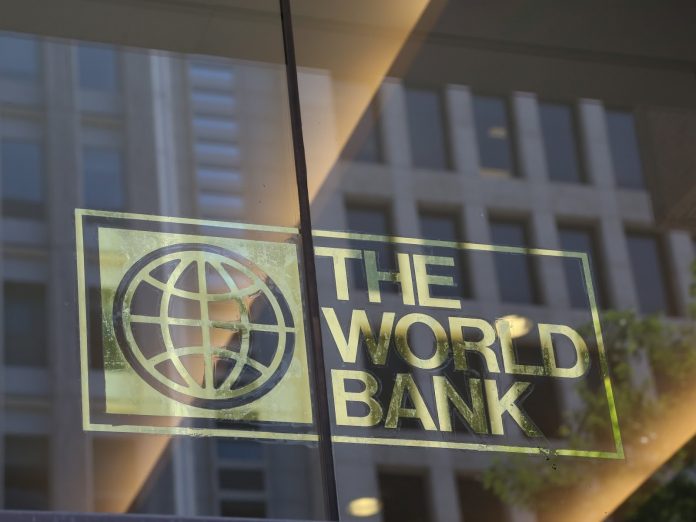April 27, 2021 (MLN): Global rating agency Fitch on Friday has projected that Pakistan’s GDP growth will rebound to 2.3% during the current fiscal year, following a contraction of 0.4% in FY20 amid high-frequency data point to strong momentum for manufacturing and consumption, but a fresh wave of coronavirus cases poses risks.
Fitch has forecasted a decline in Pakistan’s Current Account deficit during the current fiscal year, estimating a 0.4% of GDP deficit on low oil prices, import compression and robust remittance inflows. However, it said that the current account will widen to 1.6% in FY22 as imports pick up. External debt repayments remain elevated at about USD8 billion-9 billion per annum. The Debt Service Suspension Initiative postponed around USD2.5 billion in payments in the past year and has been extended to December 2021.
Going forward, Fitch has projected Pakistan’s economy will grow at 4% in the next year (FY2022).
In its recent research report, APAC Sovereign Credit Overview 2Q21, Fitch said the continued implementation of policies by Pakistan are sufficient to facilitate the rebuilding of foreign exchange reserves and ease external financing risks.
The other positive sensitivity is sustained fiscal consolidation, for instance, a structural improvement in revenue will put the debt/GDP ratio on a downward trajectory over the medium term. Further, Fitch underscored that the sustained improvements in the country’s business environment will contribute to improved medium-term growth and export prospects.
On the other hand, Fitch highlighted a negative sensitivity for Pakistan’s challenging economic outlook that is indications of reduced access to external finance leading to financing strains.
In its report, Fitch Ratings has projected Asia-Pacific (APAC) growth to rebound to 7.2% in 2021 from last year’s contraction of 0.9%. The growth outlook is underpinned by continued growth momentum in China and a rebound in India.
However, rapid growth in part reflects the scale of the shock in 2020. The underlying economic outlook for North Asia, Australia and New Zealand remain better than for south-east Asia and India partly due to their greater success in containing the virus. North Asia, in particular, is also benefitting from strong global demand for electronics and semiconductors.
The pandemic continues to challenge regional growth outlooks, as highlighted by a renewed surge of cases in India, which could present risks to our forecast of 12.8% growth in the fiscal year ending March 2022. Vaccination programmes offer potential relief, but progress has mostly been slow in APAC, and further challenges may arise from variant Covid-19 strains.
Support to counter the pandemic’s effects continues to weigh on credit metrics in most sovereigns. Only China is making a concerted effort to withdraw stimulus. Further waves of the virus could cause the pace of fiscal consolidation among APAC sovereigns to diverge from our assumptions over 2021-2022.
Fitch notes that the downward pressure on APAC ratings has eased somewhat following recent downgrades, such as Malaysia, or an improvement in economic outlooks, which is raising confidence fiscal buffers will be restored as medium-term consolidation plans are implemented. Outlooks remain Negative, however, in Australia, India and Japan, reflecting uncertainty over medium-term debt trajectories. In contrast, New Zealand and Vietnam have Positive Outlooks, as they have weathered the coronavirus shock well relative to rating peers.
Fitch Ratings assigned Pakistan’s (B-/stable) proposed foreign-currency bonds a ‘B-’ rating. The rating was in line with Pakistan’s long-term foreign-currency issuer default rating of ‘B-’ with a stable outlook. The country in late March made its first foray into international bond markets since 2017 on the positive momentum, raising USD2.5 billion in 5, 10, and 30-year tenors at 6%, 7.375% and 8.875%, respectively, the report cited.
External financing pressures remain for many of the region’s frontier markets, especially those in the ‘CCC’ category, including Laos, the Maldives and Sri Lanka. Progress in securing external financing has been made in the Maldives and Sri Lanka, but their reserves are low and tourism prospects are uncertain, although there is some resumption of tourism inflows into the Maldives, the report added.
Copyright Mettis Link News
40893








